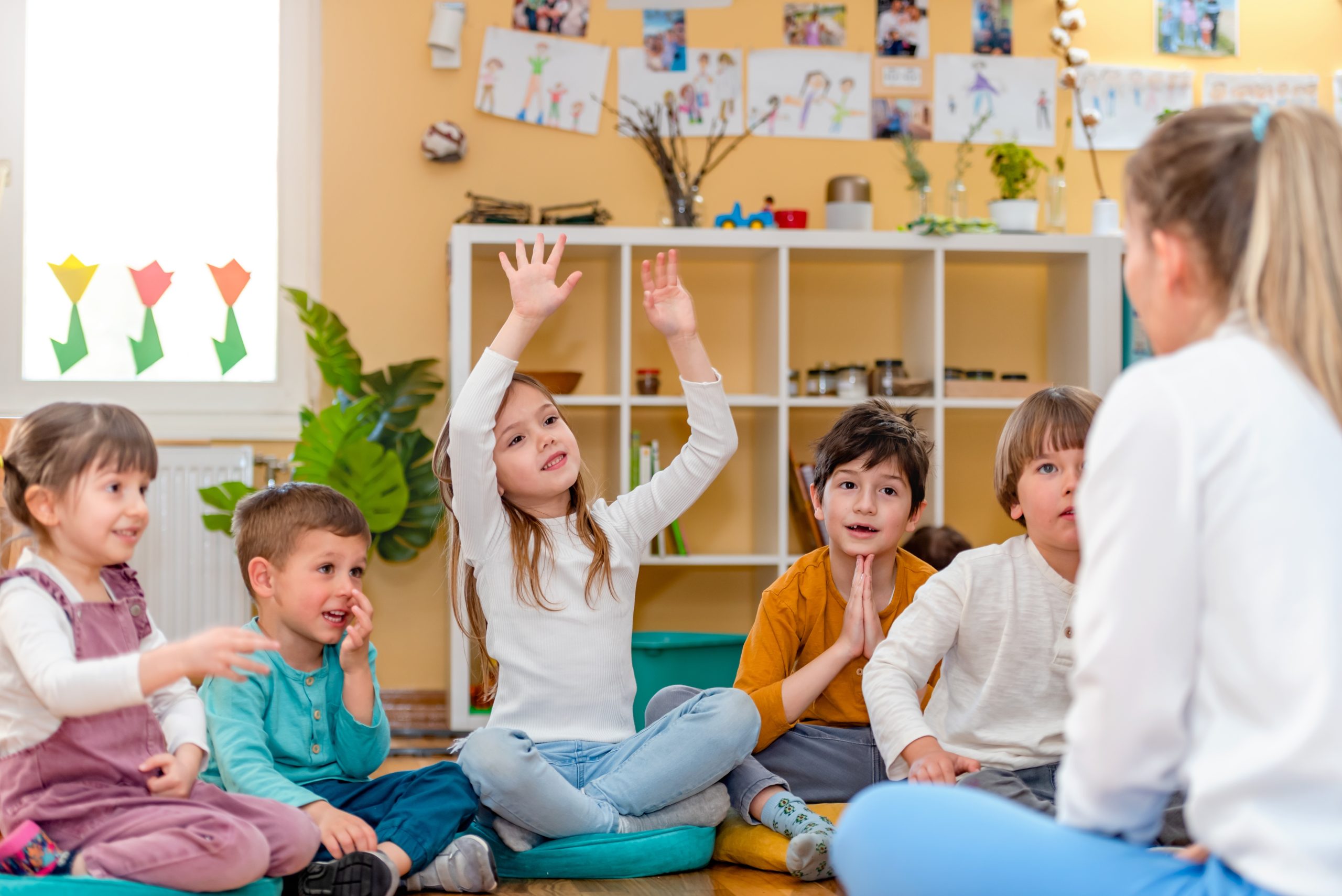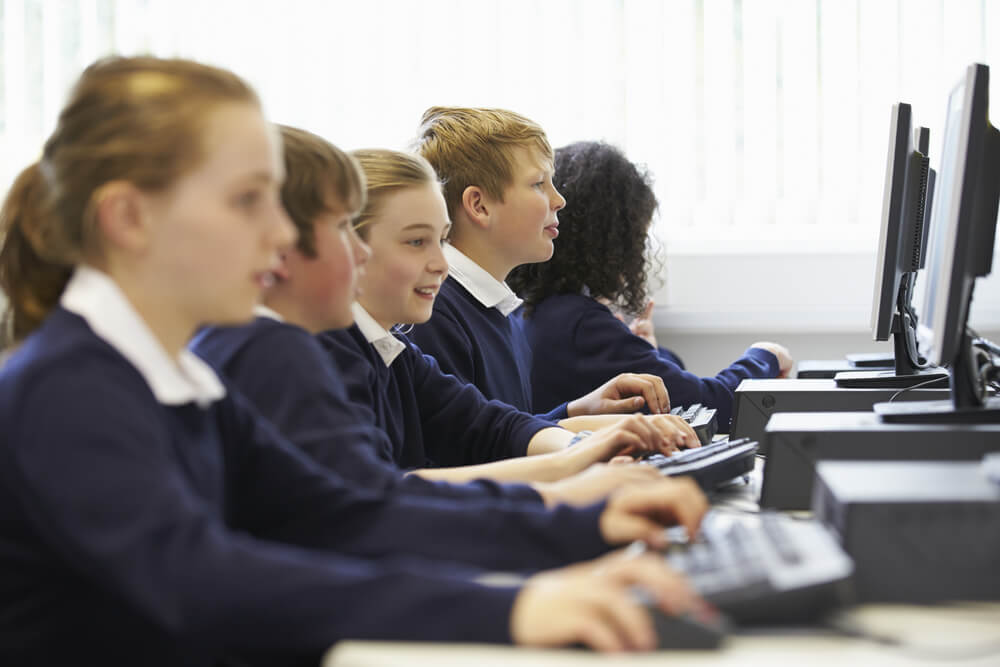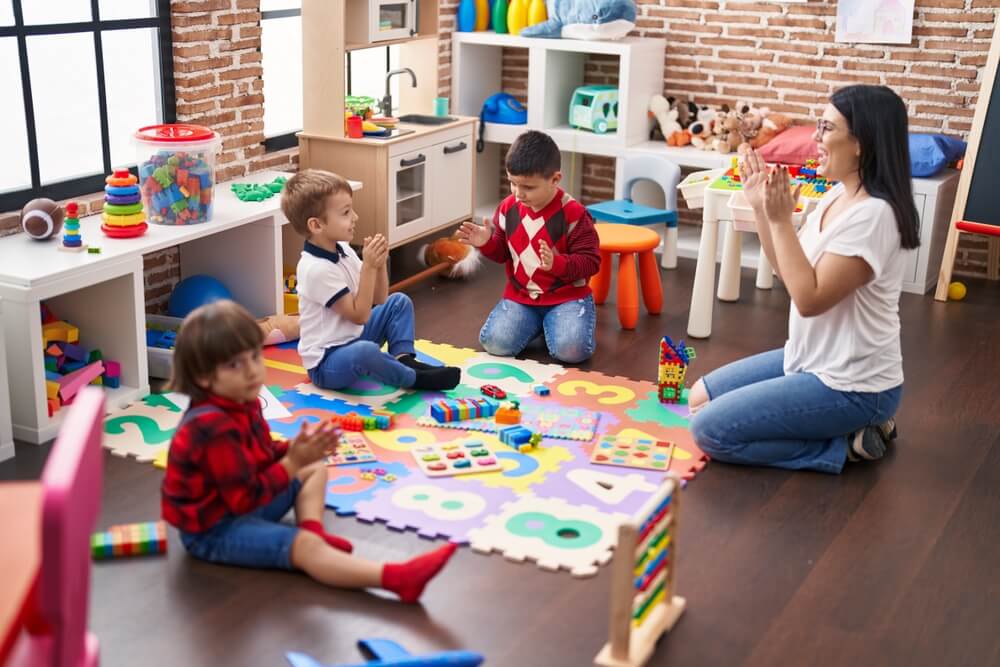For educators, understanding triggers and responses can help to create a positive, effective learning atmosphere. And what better work to guide the way than that of the leading psychologist on the topic - Ivan Pavlov. Pavlov's name resonates profoundly in the fields of psychology and education. His ground-breaking work on classical conditioning is relevant today, particularly in a classroom environment. Imagine this: every time a bell rings, you think of a meal. That’s precisely the reaction Pavlov's iconic experiments triggered in dogs. When a bell—a seemingly irrelevant object—was consistently paired with food, the dogs began to salivate at the mere sound of it. This is relevant to education, we promise! Now, picture a classroom. A teacher claps twice, and immediately chatter ceases, replaced by attentive eyes. Or, the switching on of a projector has students taking out their notebooks without a word spoken. These scenarios aren't magic; they echo the underlying principles of Pavlov's findings.
Demystifying Classical Conditioning
Every teacher or educational support worker has a "toolbox" of sorts, a mental collection of strategies, techniques, and understandings that guide their interactions in the classroom. Among these tools, sometimes placed there unconsciously, is classical conditioning. Let's take a closer look at this concept—jargon-free! At its heart, classical conditioning is cause and effect. You’ve probably experienced it frequently: for example, a particular song comes on the radio, and you're transported to a fond memory of a past summer holiday. The song, in this instance, becomes a stimulus or trigger. The flood of nostalgia it evokes? That's your response. There are plenty of stimuli in a classroom. The ringing of a bell signals break-time; the dimming of lights suggests an upcoming video presentation; the raising of a hand prompts others to go silent. Each of these lead to predictable student responses. In essence, classical conditioning is about associations. It’s the brain's uncanny ability to connect an initial neutral occurrence (like a bell ringing) with another more meaningful event (like food arriving, in the case of Pavlov’s dogs). Over time, with repetition, these connections solidify, turning once arbitrary signals into powerful triggers for specific outcomes. Every day, whether intentionally or not, teachers harness the power of these associations. They create certain cues or signals that lead to particular student behaviours. Recognising these patterns and using them appropriately can transform classroom dynamics, making the teaching-learning process smoother and more effective.
The Bell Rings: Pavlov’s Experiments Simplified
The story of Pavlov’s classical conditioning work begins in the late 19th century; in a Russian laboratory the stage was set for one of the most iconic experiments in psychology. The experiment was relatively simple. Each time Pavlov presented food to the dogs, they would naturally salivate. Here, the food acted as an unconditioned stimulus and the salivation as an unconditioned response—a natural and unlearned reaction. Now, Pavlov added a twist. Before presenting the food, he would ring a bell. Initially, the bell, a neutral stimulus, meant nothing to the dogs. However, after associating the sound of the bell with the arrival of food multiple times, a fascinating shift occurred. The dogs began to salivate merely at the sound of the bell, even when no food followed. The bell had transformed into a conditioned stimulus, evoking a conditioned response (salivation). How does this play out in a classroom? Cues like clapping, over time, condition students to expect and respond in certain ways like quieting down or paying attention. When Mrs. Thompson dims the lights, students know it's storytime. When Coach Davies blows the whistle, it’s time to assemble. These classroom “bells”, through consistent association, guide student behaviours, streamlining the teaching process.

Classroom Triggers and Student Responses
A classroom is packed with inadvertent triggers that guide student behaviour. Recognising and understanding triggers, as well as harnessing the power of classic conditioning with intentional triggers, can be game-changing in the quest for a harmonious learning environment.
Intentional Triggers
These are stimuli that educators can consciously use to solicit desired behaviours or actions from students. Over time, with consistency, these triggers become almost like second nature for students.
- Visual signals
Think of a chart with green, amber, and red zones. A move of the class indicator to the red might signify that noise levels are too high.
- Auditory cues
A specific clap pattern or a musical chime can alert students to listen up or transition between tasks.
- Gestural prompts
A raised hand not just seeks attention but also encourages students to settle down and refocus.
Unintentional Triggers
Despite our best intentions, there are times when something we do or say, or even an environmental factor, inadvertently becomes a stimulus for a particular student behaviour.
- Environmental factors
A suddenly darkened room due to cloudy weather might make students feel sleepy or less alert.
- Unplanned verbal cues
An offhand comment about an upcoming event might cause a flurry of excited whispers and speculations.
- Physical gestures
Perhaps tapping on the desk, meant as a sign of deep thought, becomes a signal for students that a significant announcement is coming. Recognising these triggers, both intentional and unintentional, means that educators can refine their approach. By amplifying the cues that work and adjusting those that don't, they can shape the classroom environment, ensuring it's predictable, positive, and productive.
The Power of Positive Conditioning
Harnessing the strength of classical conditioning isn't merely about understanding triggers and reacting to responses—it's about curating them. By establishing intentional, positive triggers, educators can foster an environment where desired student behaviours become almost reflexive. Delve deeper into these techniques and discover heartening success stories from schools across the UK.
Crafting Constructive Cues
Much as Pavlov trained his dogs to associate the sound of a bell with food, educators can form associations between specific triggers and desired behaviours. Here are some things to consider throughout the process:
- Consistency is key
Using a certain phrase or action consistently before a particular activity helps students anticipate and prepare for what’s next. For instance, always starting reading sessions with a unique chime can prompt students to fetch their books without further instruction.
- Positive affirmations
Reinforcing desired behaviours with words of affirmation can train students to repeat those behaviours. A simple “well done” or “great job” can go a long way.
- Visual symbols of achievement
Symbols like gold stars or stickers on a chart can become powerful motivators. Over time, even the sight of the chart can prompt positive behaviour.
Recognising and Minimising Negative Conditioning
The art of classical conditioning has a flip side: inadvertent negative conditioning. Sometimes, without even realising it, educators might introduce stimuli that prompt undesired reactions in students. However, with careful observation and proactive intervention, these can be set right.
Deciphering the Unintended Triggers
Unsurprisingly, inadvertent triggers are often similar to the constructive cues we outlined above and might include:
- Auditory cues
A raised voice, even if not directed at a particular student, might, over time, be associated with fear or anxiety, hindering open communication.
- Visual signals
Certain non-verbal cues, like an exasperated sigh or an impatient look, can become unintentional markers for students, signalling disapproval.
- Environmental factors
Even something as simple as dim lighting during a particularly challenging subject could, over time, lead students to associate that subject with feelings of gloom or difficulty.
Reversing the Tide, From Negative to Neutral
The key to breaking the negative conditioning cycle lies in recognition and corrective action. Here are strategies that educators might consider:
- Self-awareness
Periodic self-reflection and feedback from peers can help educators spot inadvertent triggers they might be sending out. Recording lessons and reviewing them can also be an eye-opener.
- Open dialogue
Encourage students to voice what makes them uncomfortable. This can be done through regular feedback sessions, anonymous suggestion boxes, or one-on-one discussions.
- Introduce counter-stimuli
If a negative association has already been established, deliberately introduce a positive or neutral stimulus to counter it. For instance, if dim lighting during a math lesson has become a problem, brighten the room and introduce enjoyable math games.
- Consistent positive reinforcement
Consistently spotlight and reward the behaviours you want to see. Positive feedback can help in gradually overshadowing any unintentional negative conditioning.
Digital Triggers in e-learning
It's worth pointing out that the classroom extends beyond four walls. Modern e-learning platforms, with their intricate algorithms and tailored experiences, subtly utilise the principles of Pavlovian conditioning.
Notification Tones as Modern-Day Bells
Just as Pavlov's bell signalled mealtime for his dogs, notification sounds on e-learning platforms often lead to specific student actions. This might be a chime indicating a new assignment or a triumphant tune upon completing a module—these auditory cues elicit specific behaviours or emotions from students.
More than Meets the Eye
Colours, movements, badges: visual elements on e-learning platforms aren't just for aesthetics. A pulsating icon might invite a student to click, a green checkmark signals completion, and an animated badge can serve as a reward, reinforcing the student's positive action. These visual cues tap into students' instincts, guiding them through the learning journey.
Gamification: Play, Learn, Repeat
Gamification in e-learning is essentially Pavlov in the digital age. By turning learning into a game, platforms ensure students are conditioned to associate learning with the pleasure of achievement. Earning points, levelling up, or unlocking new content serves as both a trigger and a reward, making learning a deeply engaging and reinforcing experience. The effectiveness of Pavlovian triggers in EdTech platforms demonstrates the power of conditioning in real-life interactions.

The Journey of Effective Conditioning
Understanding the concept of classical conditioning and implementing it in a classroom are two different things. A strong foundation and good follow-up will increase the chances of success—here’s how you can create those things.
Laying the Foundation with Intentional Positive Triggers
- Routine rituals
Start each class with a consistent, positive action. It could be a greeting, a song, or a quick activity. Over time, students will associate this action with the beginning of a constructive learning session.
- Visible rewards
Use visual aids like stickers, badges, or a point system on the board. These serve as tangible reminders of positive behaviours, prompting students to replicate them.
- Verbal cues
Phrases like "Remember when..." or "Just like last time..." can remind students of past successes or learnings, setting the tone for the task at hand.
Feedback Loop
While teachers set the stage with triggers, it's essential to remain attuned to students' responses. Regular feedback sessions can provide invaluable insights.
- Feedback forms
Simple anonymous forms can be a goldmine. Encourage students to share their feelings about classroom triggers: what's working, what's not, and any new ideas.
- Open discussions
Foster a safe environment where students can openly discuss classroom dynamics. These discussions can highlight unintended triggers and offer suggestions for new positive ones.
- Reflect and refine
Armed with this feedback, educators can adapt and innovate, ensuring the classroom remains a dynamic and responsive space.
Beyond the Classroom: Preparing Students for the World
As they step into the “real” post-school world, students carry with them a repertoire of learned responses to the triggers they've encountered over the years. The classroom, in many ways, mirrors the larger world: a sandbox where students experiment, learn, and refine their reactions. From the ping of a social media notification to the blare of a car horn, the world is full of stimuli begging for a response. For students growing up in this digital age, these triggers are omnipresent.
Empowering Students with Awareness
- Mindfulness sessions
Incorporating regular mindfulness practices in school can be helpful. When students are taught to pause, reflect, and respond rather than react immediately, they're better equipped to handle the external world's barrage.
- Digital detox challenges
Periods spent without digital devices can help students identify and manage digital-related triggers, fostering healthier online habits.
- Scenario discussions
Host interactive sessions where students can discuss hypothetical real-world situations, allowing them to pre-emptively navigate potential triggers.
Equipping with Tools for Life
- Self-reflection journals
A simple yet powerful tool. By jotting down daily triggers and responses, students can gain profound insights into their behavioural patterns, paving the way for self-improvement.
- Trigger-response workshops
Organise workshops where students can role-play various scenarios, learning to modulate their responses in a safe environment.
- Guest sessions
Inviting professionals from fields like psychology can provide students with a broader perspective on managing triggers and reinforcing classroom teachings. While our primary aim of education is academic excellence, a teacher’s job is also about crafting resilient, self-aware individuals. By supporting students with understanding triggers and managing their responses, we're not just preparing them for exams but equipping them for life's ups and downs.
In Summary
Pavlov’s salivating dog is so commonly referenced for a reason: that experiment and the idea of classic conditioning remain very relevant today. Just about every noise and image in a classroom can be a trigger for behaviour. Knowledge is power, and when educators can see and understand this conditioning, they can use this psychological pattern to mould and influence learners in a positive direction. For more learning that equips educators with the tools they need to succeed, take a look at our range of CPD courses.

